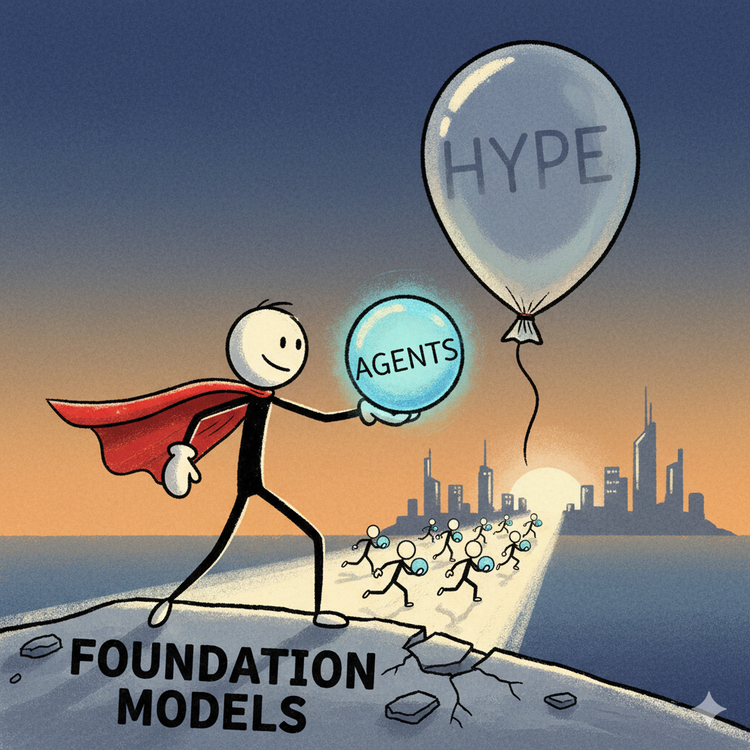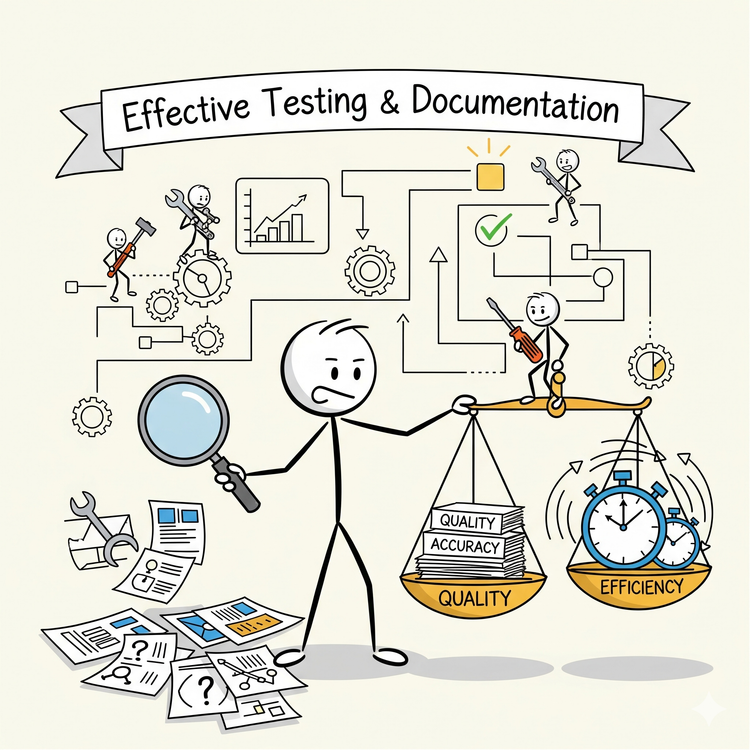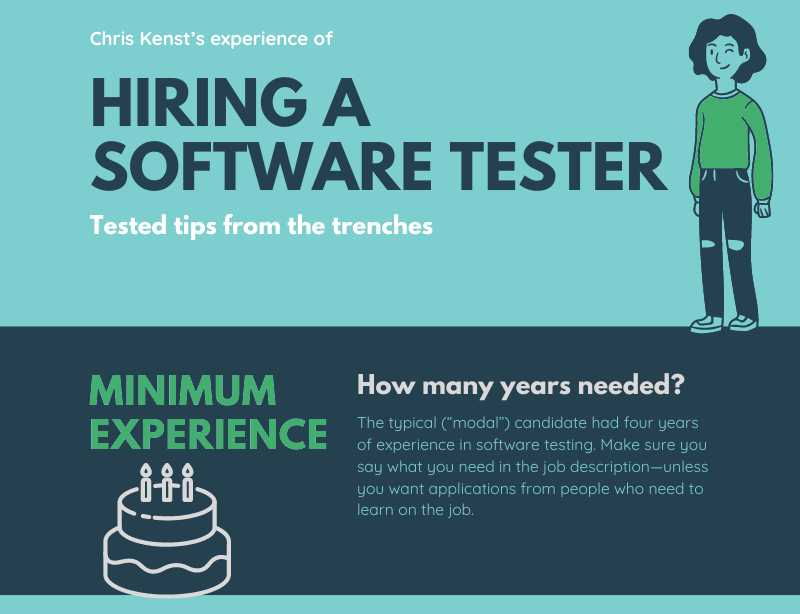
Jan
14
2026
Build vs Buy: API Docs
2 min read
Nov
22
2025
Installing Ghost Locally on macOS with hot-reload of templates
3 min read
Nov
16
2025
Foundation models and beyond
7 min read
Nov
10
2025
Things I learned at STELLA
3 min read
Sep
29
2025
Should you join a Startup?
3 min read
Sep
05
2025
Developing the Right Test Documentation
4 min read
Aug
15
2025
Shattering Illusions
3 min read
Mar
09
2025
Explainable AI
2 min read
Feb
17
2025
Thoughts on The Worlds I See
5 min read
Feb
07
2025
2024 In Review
4 min read
Jan
14
2025
so long, farewell
2 min read
Apr
11
2024
Push vs Pull Work
5 min read
Mar
16
2024
2023 in Review
4 min read
Nov
28
2023
Observability, Monitoring and Testing
3 min read
Nov
10
2023
Closing the gap between confidence and knowledge
2 min read
Sep
26
2023
Negotiating an offer: An unreasonable number of reasonable requests
3 min read
Aug
28
2023
What's a testing manager?
2 min read
Aug
17
2023
Using ChatGPT to help write scripts
3 min read
Jul
14
2023
Testers are NOT the gatekeepers of quality
1 min read
Jun
16
2023
Hiring more Software Testers, an Analysis
5 min read






